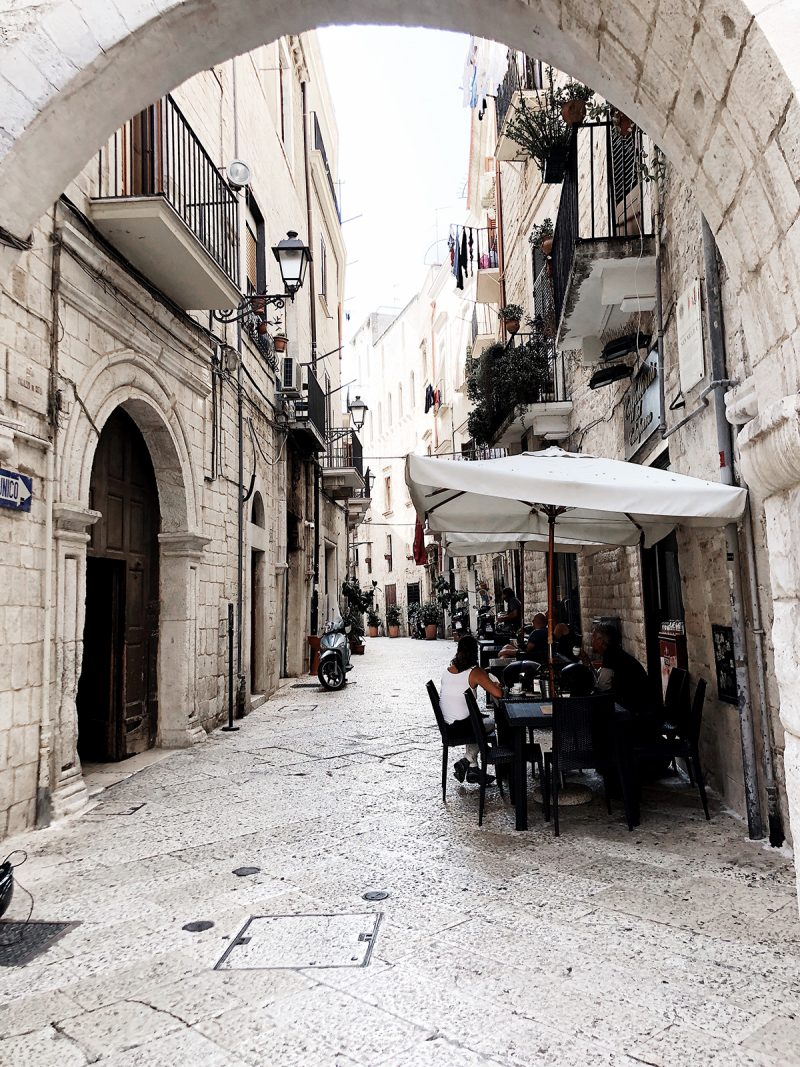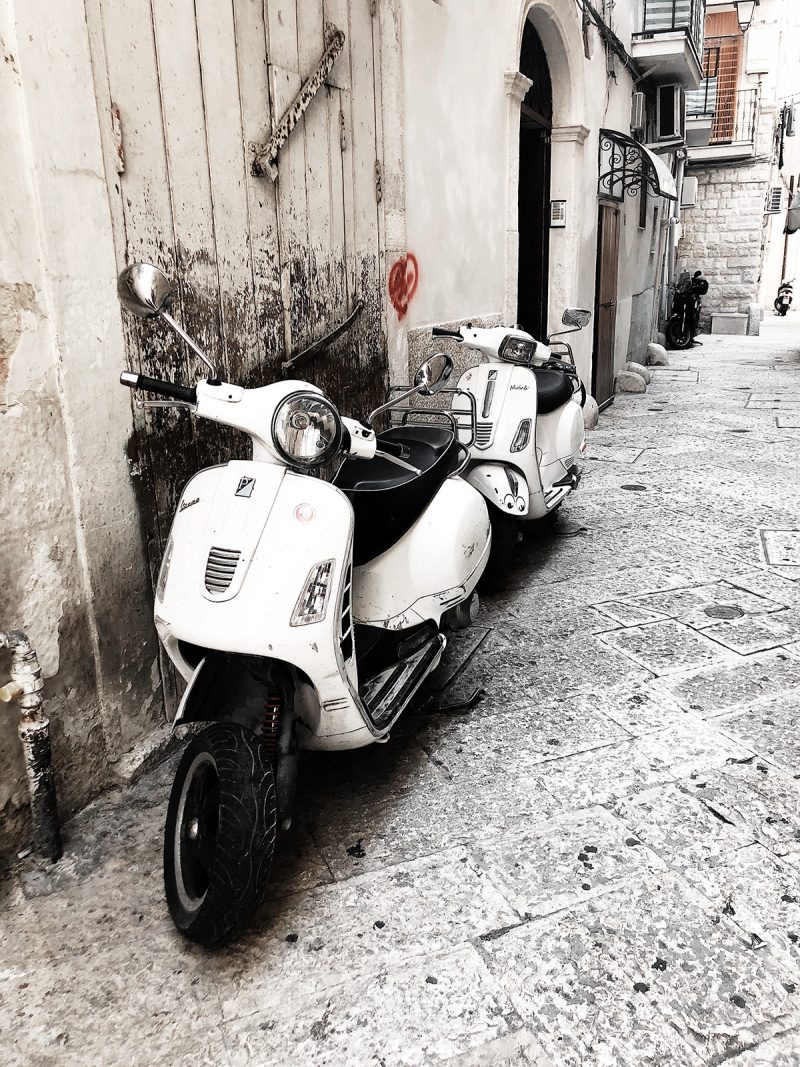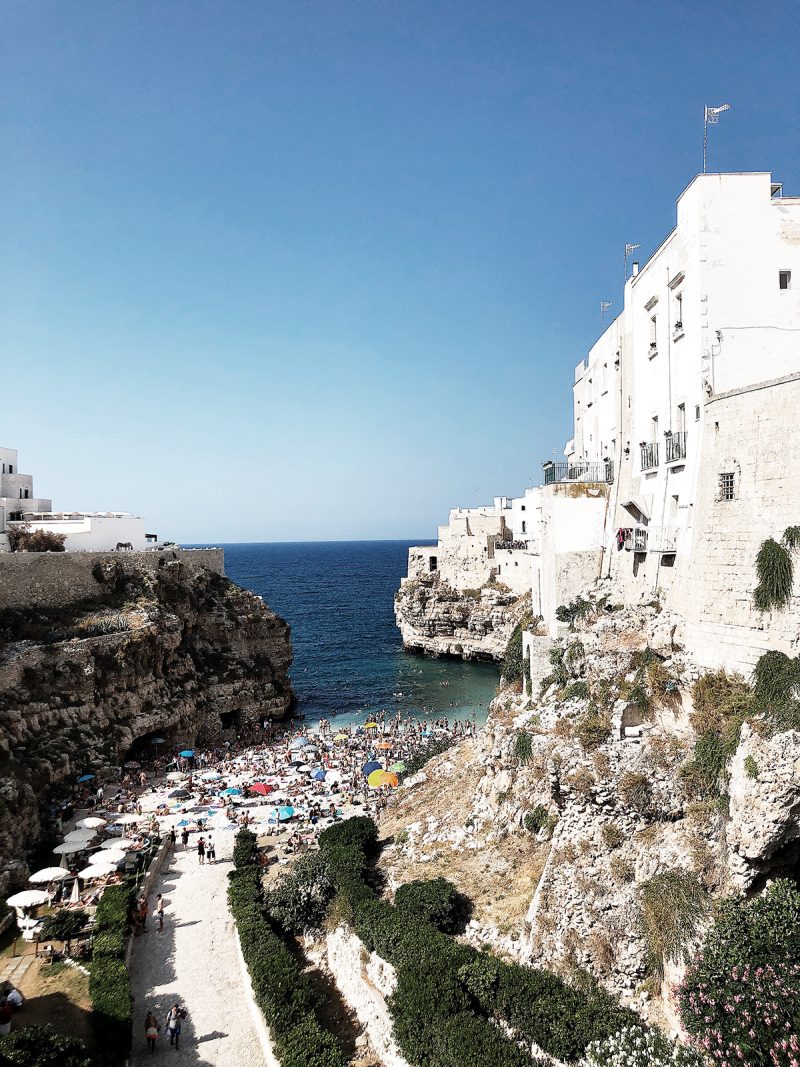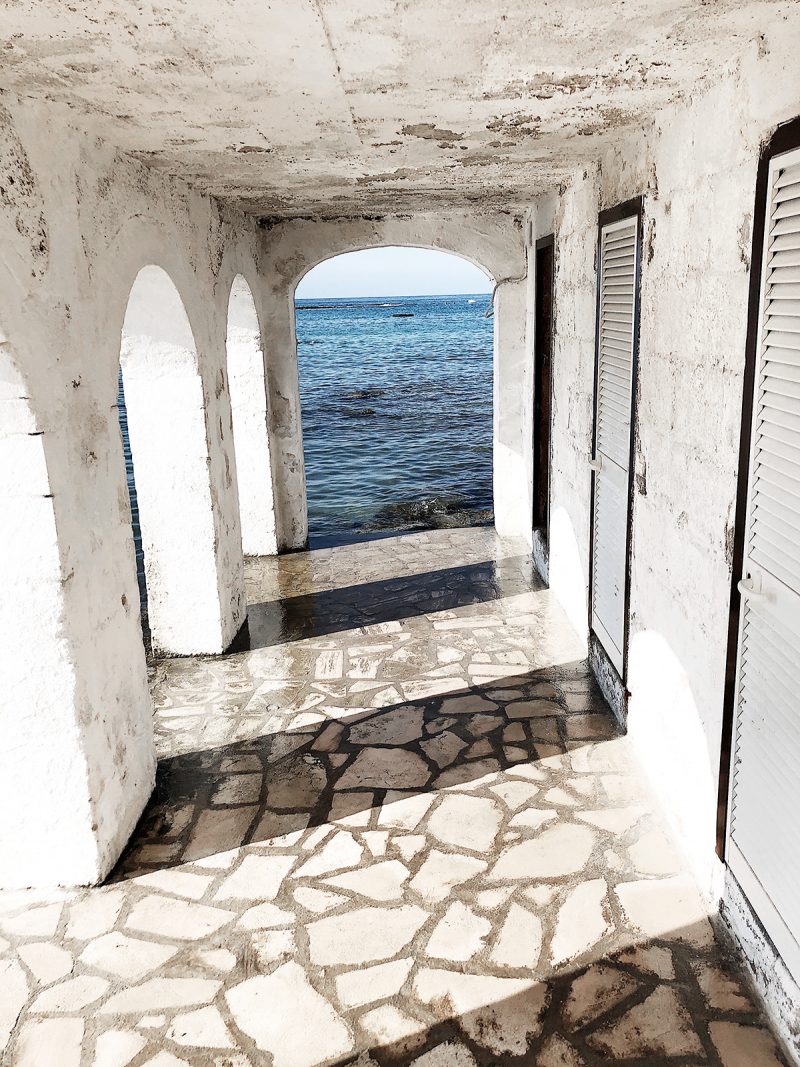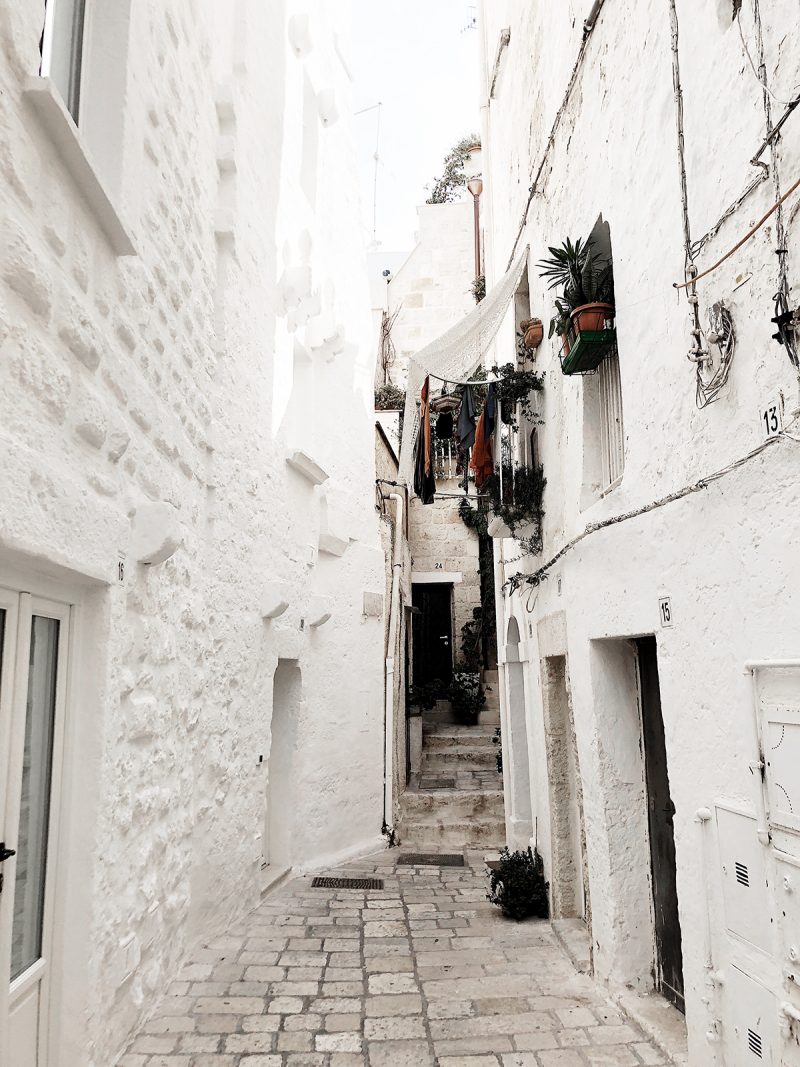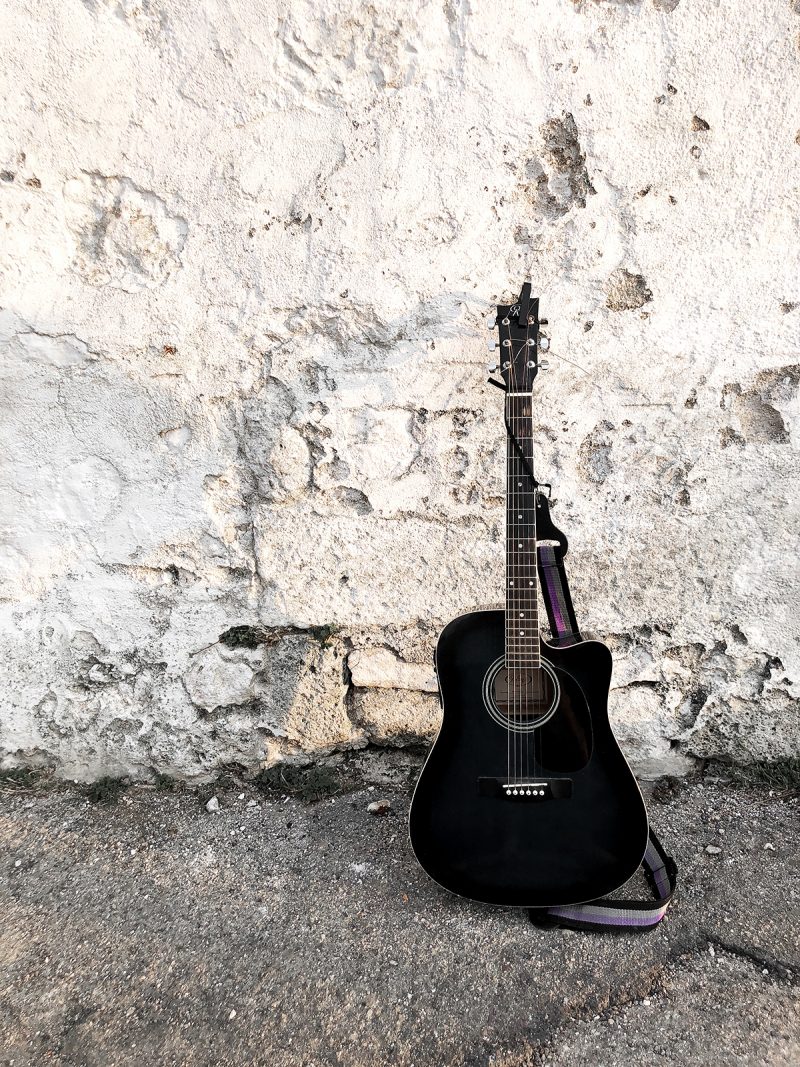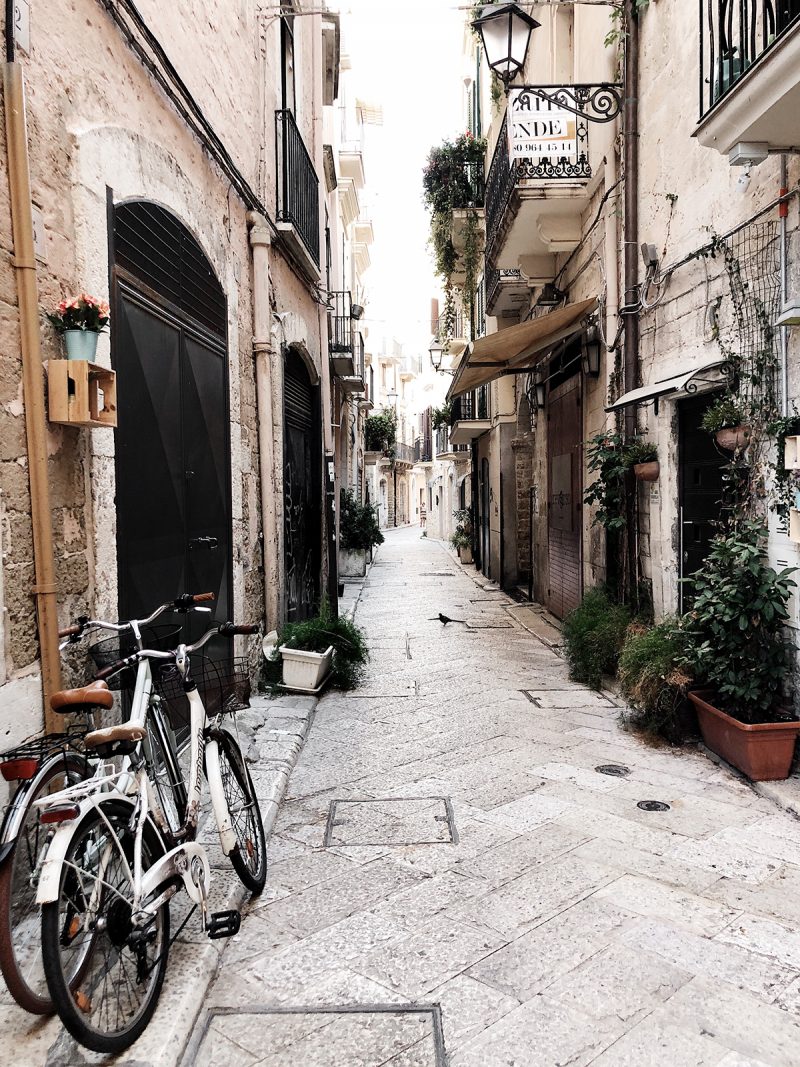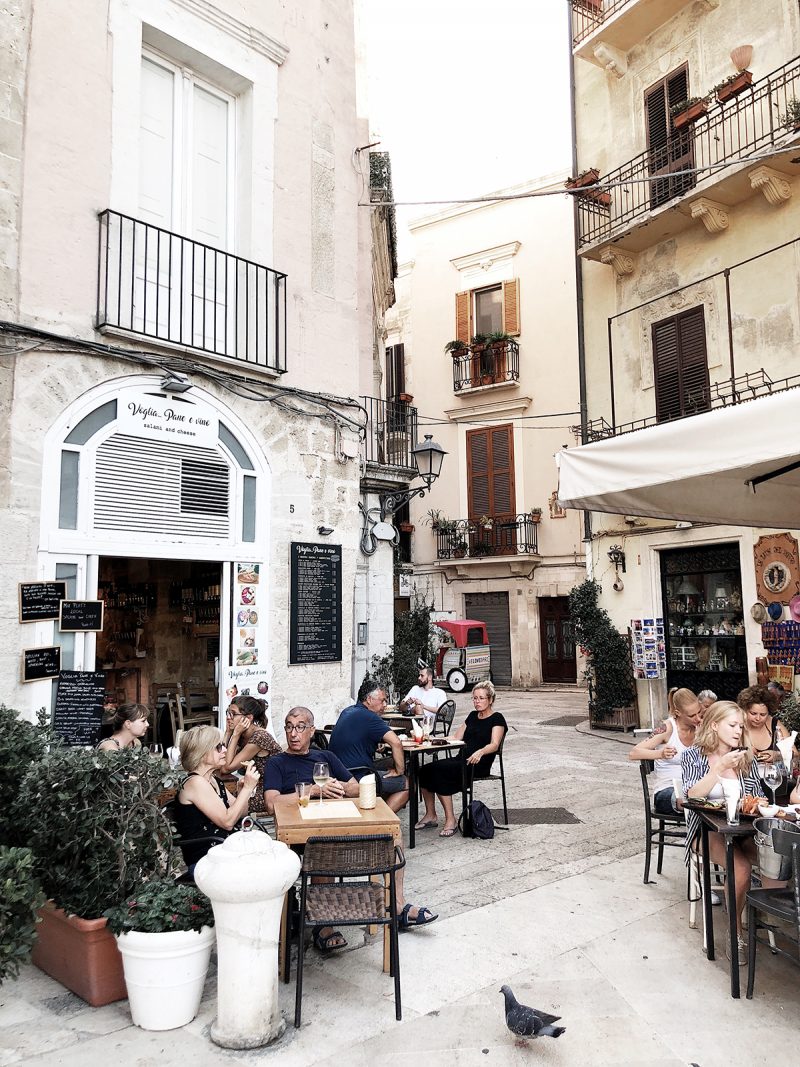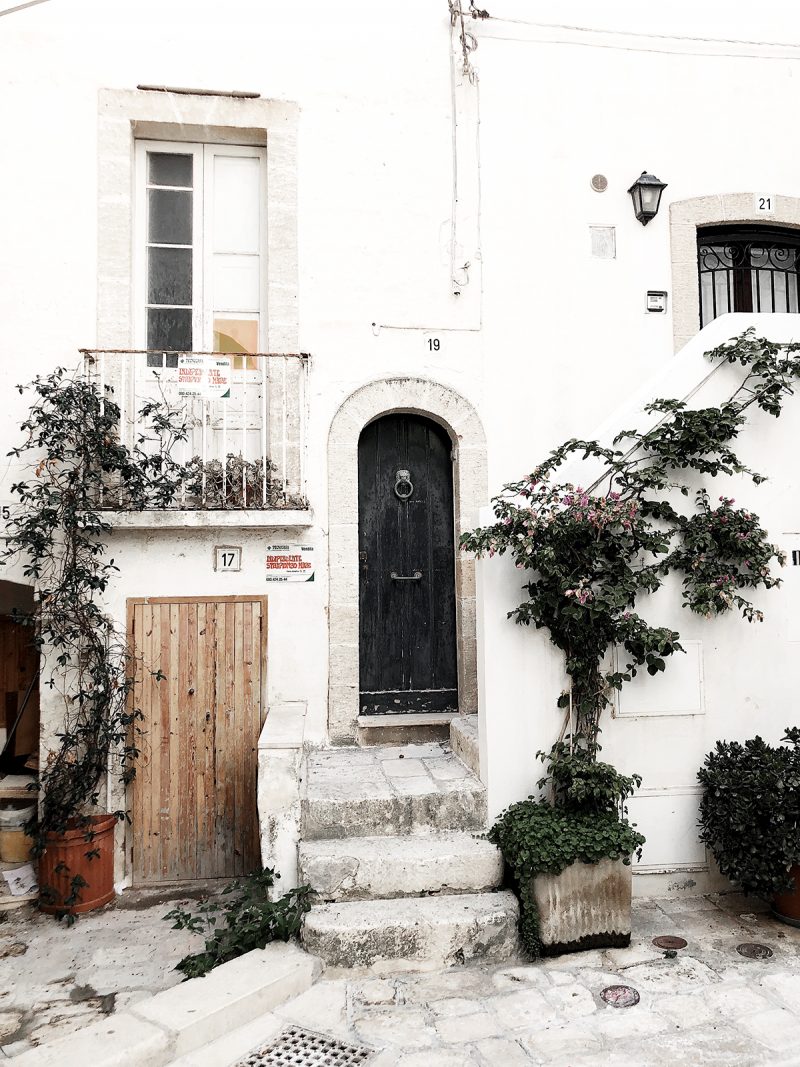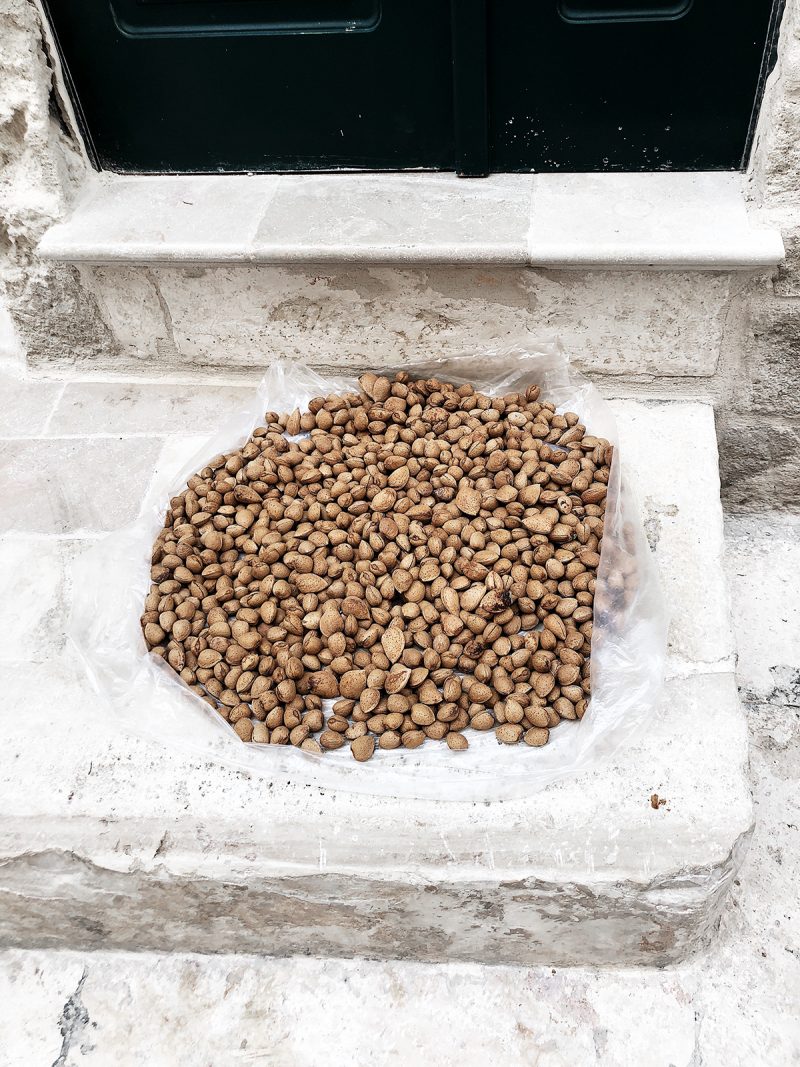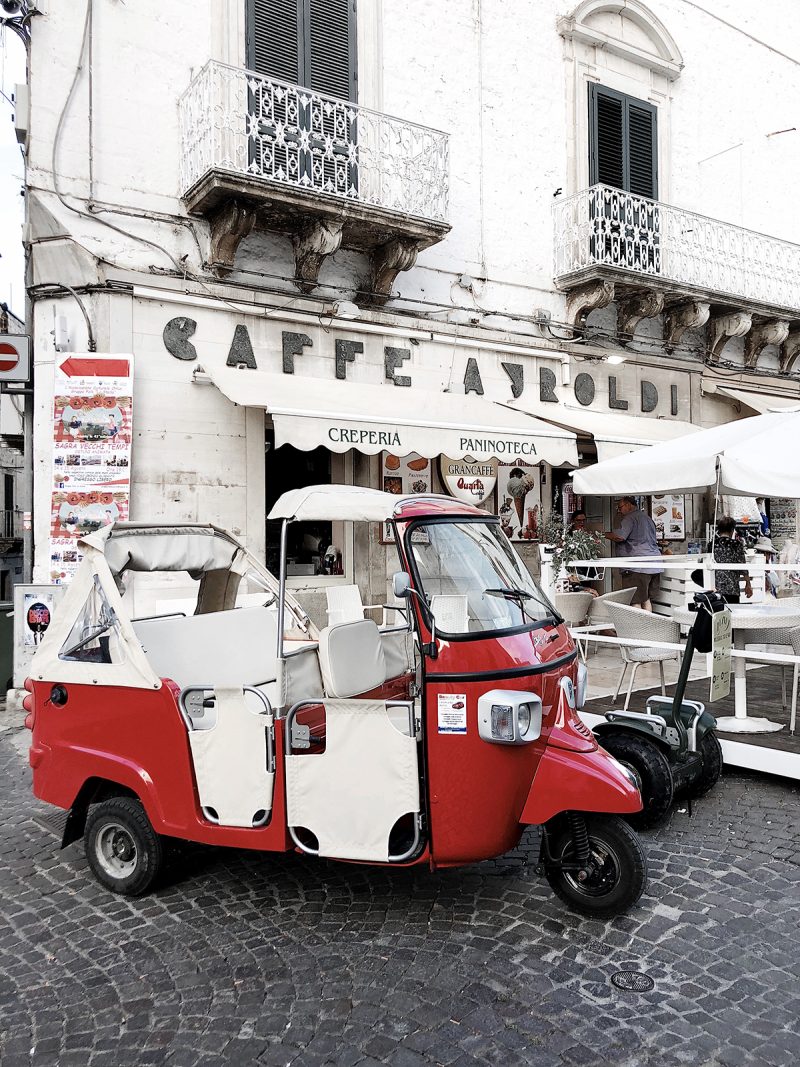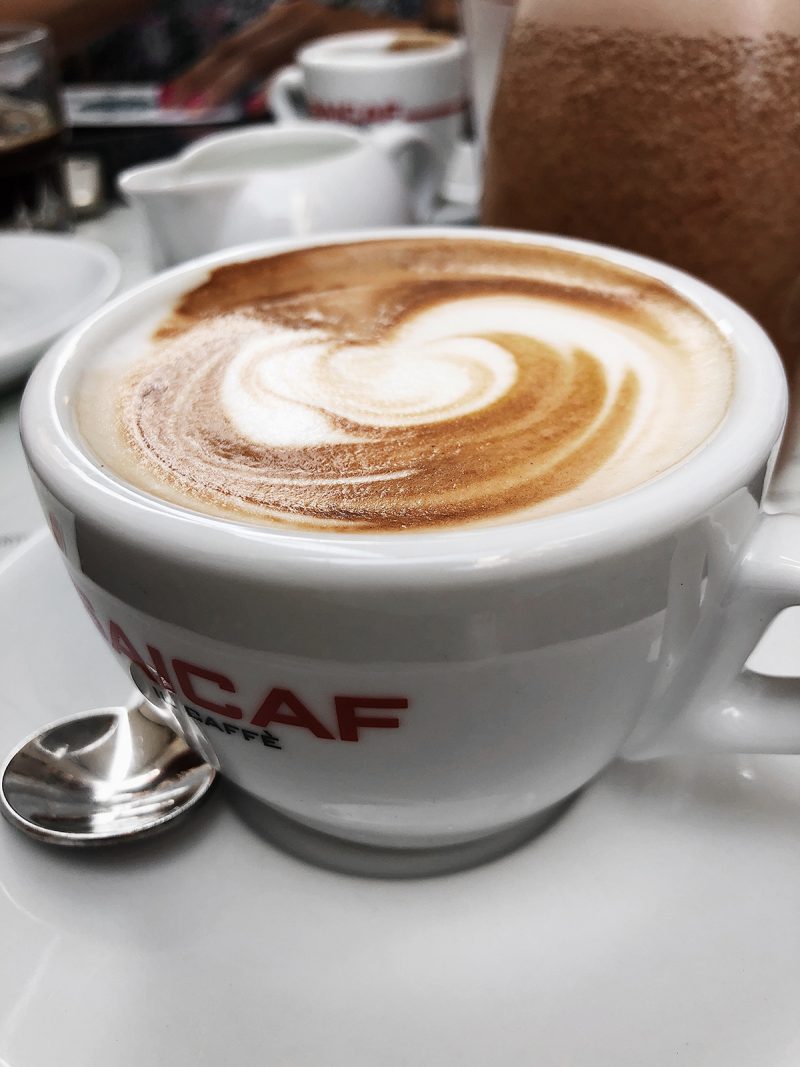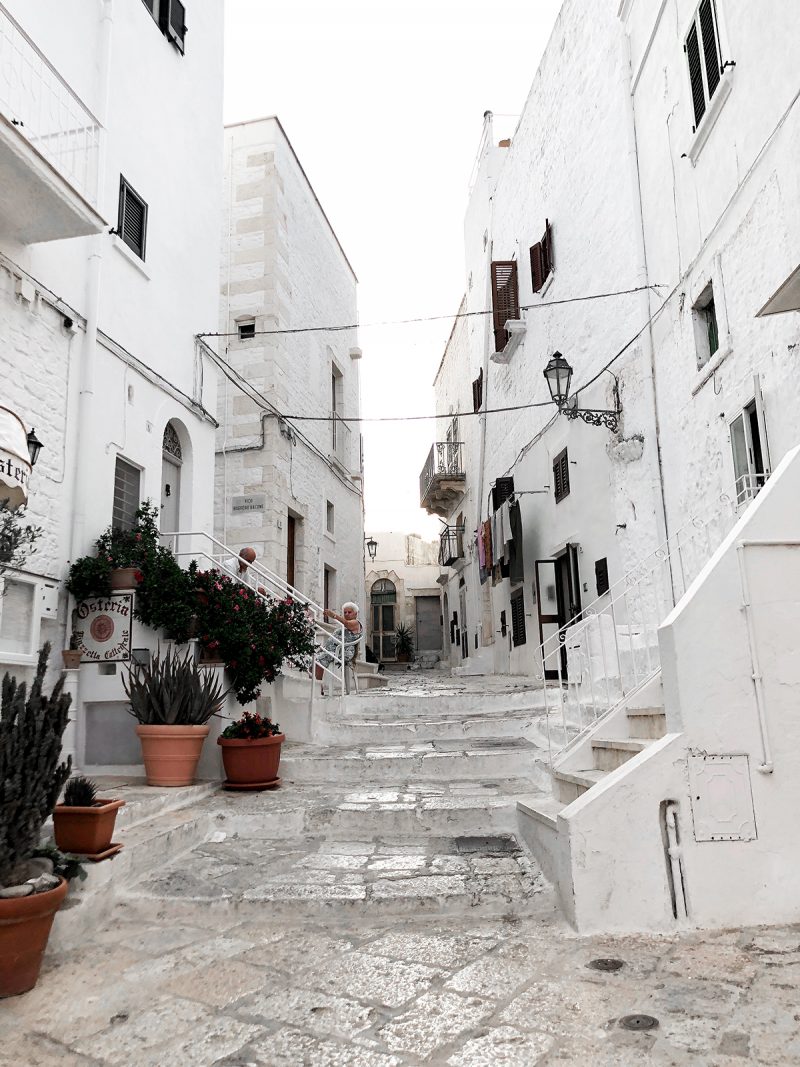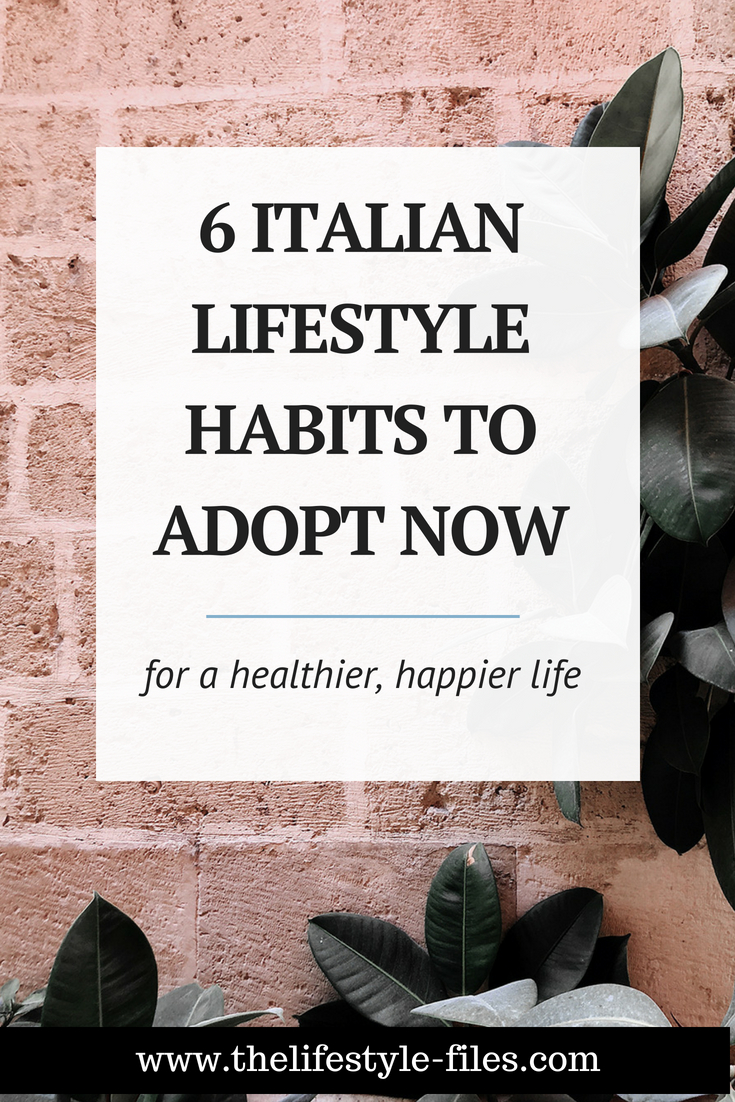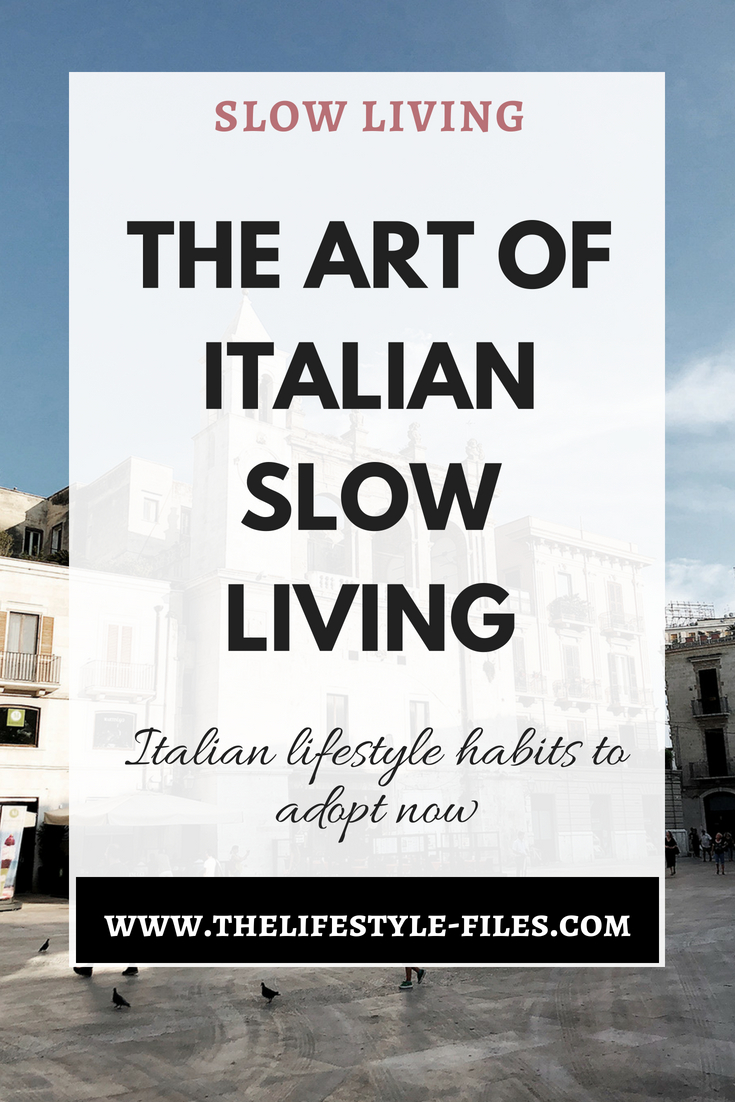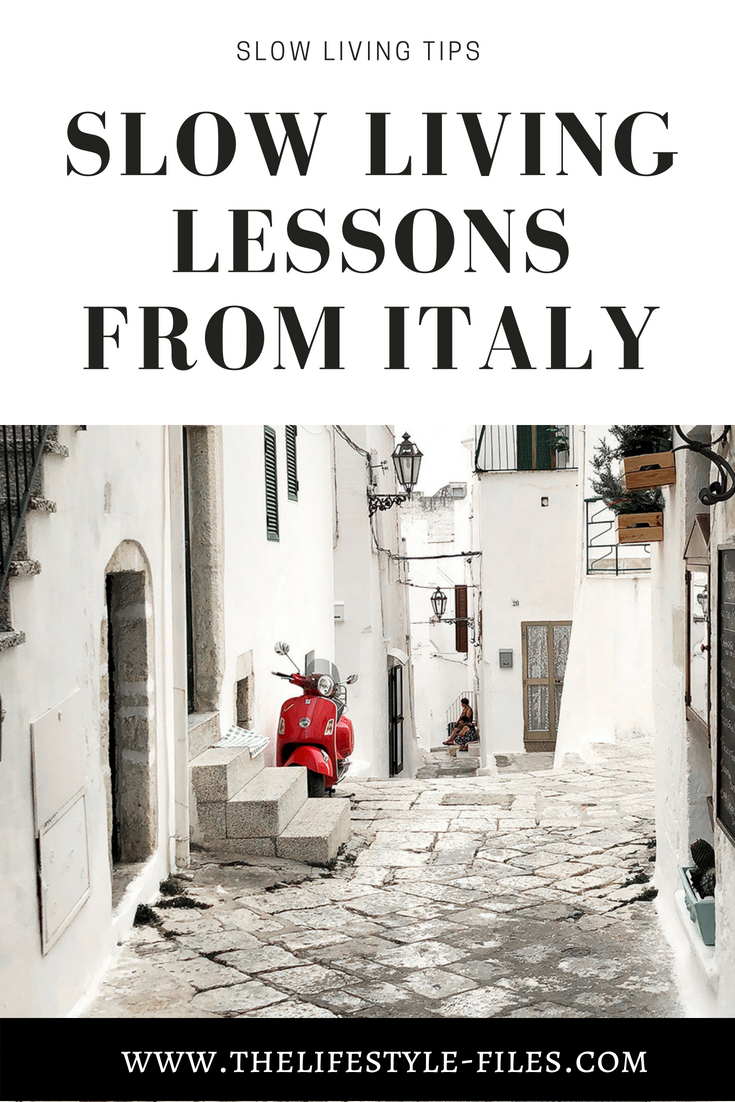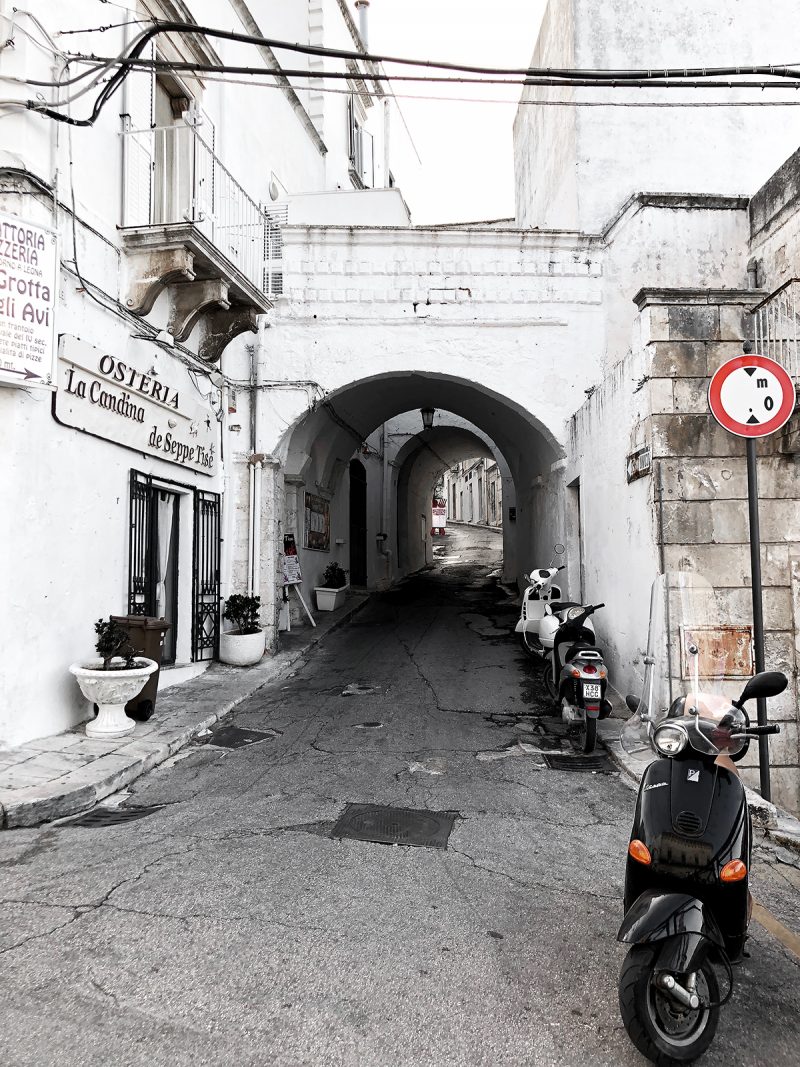 Foreword: all pictures were taken on a weekend girls’ trip to Bari, Italy 2 weeks ago. The fact that Italy is only a 1-hour long flight from me is definitely one of the perks of living in Central Europe. The choice of destination was not that intentional first, it was a matter of schedules and proximity, but I was very pleasantly surprised at how beautiful this area is. It’s a bit underrated compared to other parts of Italy, but if you have the chance, I’d definitely recommend putting it on your Italy travel wish list.
Foreword: all pictures were taken on a weekend girls’ trip to Bari, Italy 2 weeks ago. The fact that Italy is only a 1-hour long flight from me is definitely one of the perks of living in Central Europe. The choice of destination was not that intentional first, it was a matter of schedules and proximity, but I was very pleasantly surprised at how beautiful this area is. It’s a bit underrated compared to other parts of Italy, but if you have the chance, I’d definitely recommend putting it on your Italy travel wish list.
Maybe slow living is not the first term that would come to your mind if you think about Italy. After all, it’s the country of vibrant cities, chaotic (at least to tourist) driving, loud, musical chatting often accompanied by wild gesturing, quick breakfasts often consumed standing by the counter at cafés, colorful fashion trends, and a dazzling, passionate nightlife with children running around restaurant tables even around 10 pm.
But that’s just the surface.
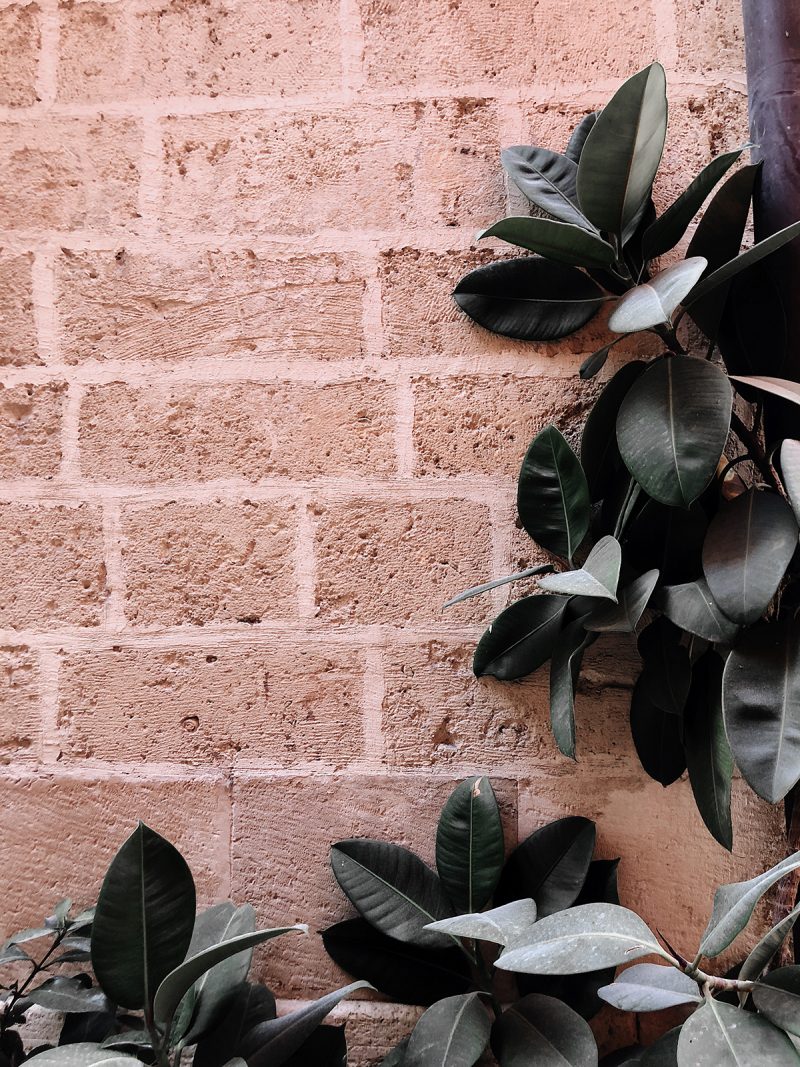
I really don’t like cultural stereotypes, but I’ve been to Italy many times over the past couple of years, and every single time I come back with a feeling that we can learn a lot about slow living from the Italian lifestyle. It stems equally from things that are blatantly obvious from the first moment and small details you can observe in the streets, in the everyday life of the residents, and their attitude about life.
Maybe, these are not my subjective experiences only. After all, Italy is pretty much the birthplace of the slow movement.
The slow movement started when Italian activist Carlo Petrini protested the opening of a McDonald’s in Rome and thus founded the Slow Food movement. It celebrates local culinary traditions and food, promotes small, organic farming, and encourages people to buy ethically, locally, and practice slow eating – that is enjoy the food in the company of others.
The Slow Food movement then started to widen and reach other areas of life as well – thus came slow design, slow fashion, slow travel, slow money, and many others.
Italy was the birthplace of another slow initiative as well – the Cittaslow movement that tries to improve the quality of life in cities by promoting a slower lifestyle, protecting the built and natural environment, and resisting standardization and celebrating the local uniqueness of cities.
Slow is definitely in the Italian air, but we don’t need to live there to adopt a couple of lifestyle habits that will help us appreciate the simple moments of life a lot more.
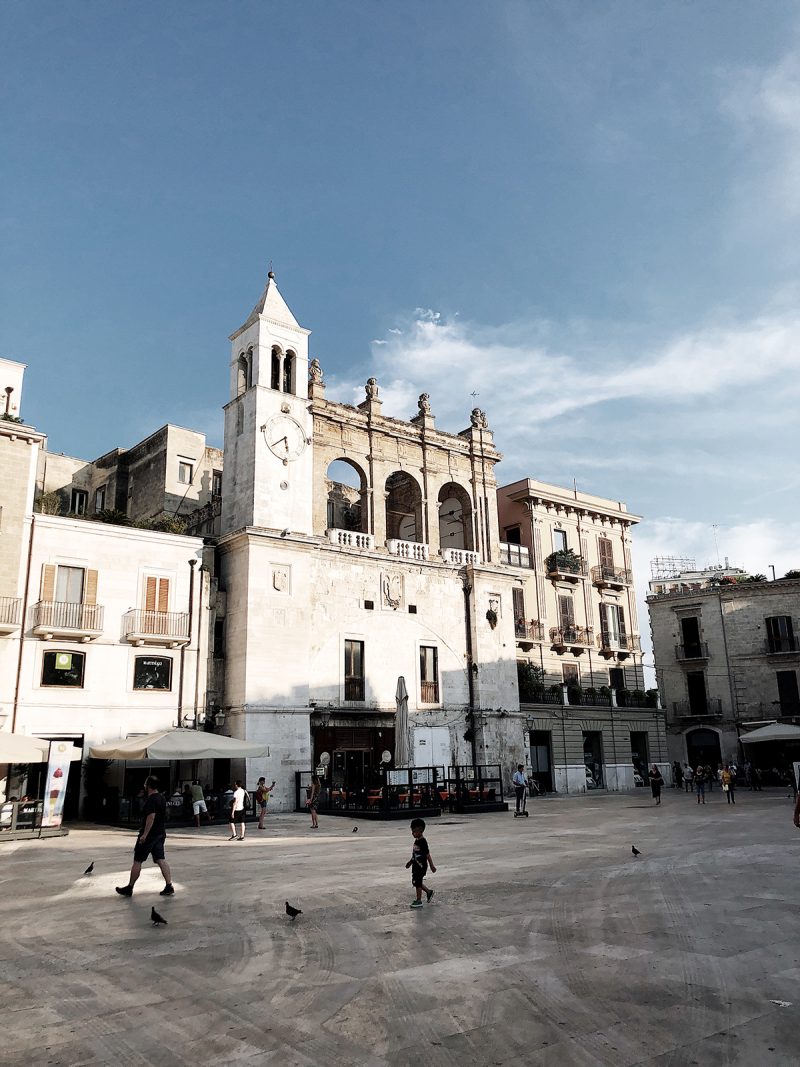
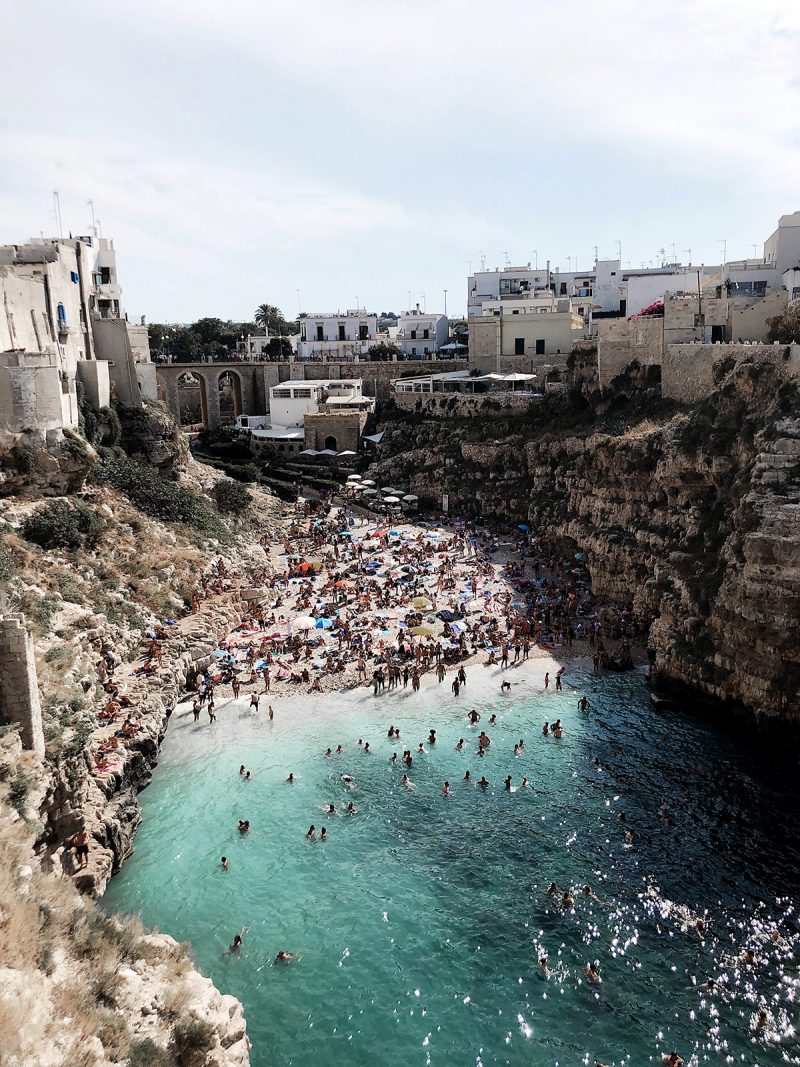
+ Simple food
The thing I love the most about Italian food culture is the celebration of simplicity. No need for extravagant styling touches, exotic spices, it’s all about fresh, local, and seasonal ingredients and traditional cooking styles. I also love the pride they take in regional cuisines and special, local food products. They acknowledge that food cannot be uniformized, it’s always a result of local environmental factors, as well as special, local culinary traditions.
Italians also take the quality of food seriously (as evident by their strict food quality label system as well). Unfortunately, the mass production and food adultery that is rampant especially in the US makes it more and more difficult for us to differentiate between the quality of various food items (take olive oil or Parmigiano for example), but what I learned from tasting lots of excellent Italian food over the years is that it’s better to do some research and go for the real deal because it provides an experience on a whole new level.
Quick tip: if you wanna maximize the fresh Italian food experience, don’t choose from the menu, but ask the waiter/owner of what’s fresh and new in the kitchen. Some of the best meals I’ve had in Italy happened this way.
+ Eating as a social activity
We can call it fancy names like mindful eating, but in Italy taking the time to enjoy the food and do it in the company of friends and family is the most normal thing ever. Ok, breakfast may not be a big deal and brunch is basically nonexisting, but lunch and especially dinner is another matter. You can realize this even just by looking at an Italian menu and the meal structure – antipasti, first course, second course, salad, side dishes, fruit, dolci, an espresso… I’m not saying Italians are immune to fast food culture or eating on the go, but, generally, eating together is still one of the most cherished social activities.

+ Family above all
The tight-knit nature of Italian families may sound like a cliché, but there is a lot of truth in that nevertheless. There may be loud spats and conflicts, but family and social interactions are highly cherished in Italy and are a source of great happiness.
In one of Malcolm Gladwell’s book, Outliers, he tells the story of Roseto, a small community of Italian origin in Pennsylvania. What was special about this community was that the rate of heart diseases was much lower compared to the national average. Scientists had to conclude that the reason for this was the social structure people brought with themselves from their homeland. The close-knit community the people lived in, the many social interactions greatly reduced stress and led to not just a happier, but statistically healthier life.
Conclusion: enjoy those slow moments with your loved ones.
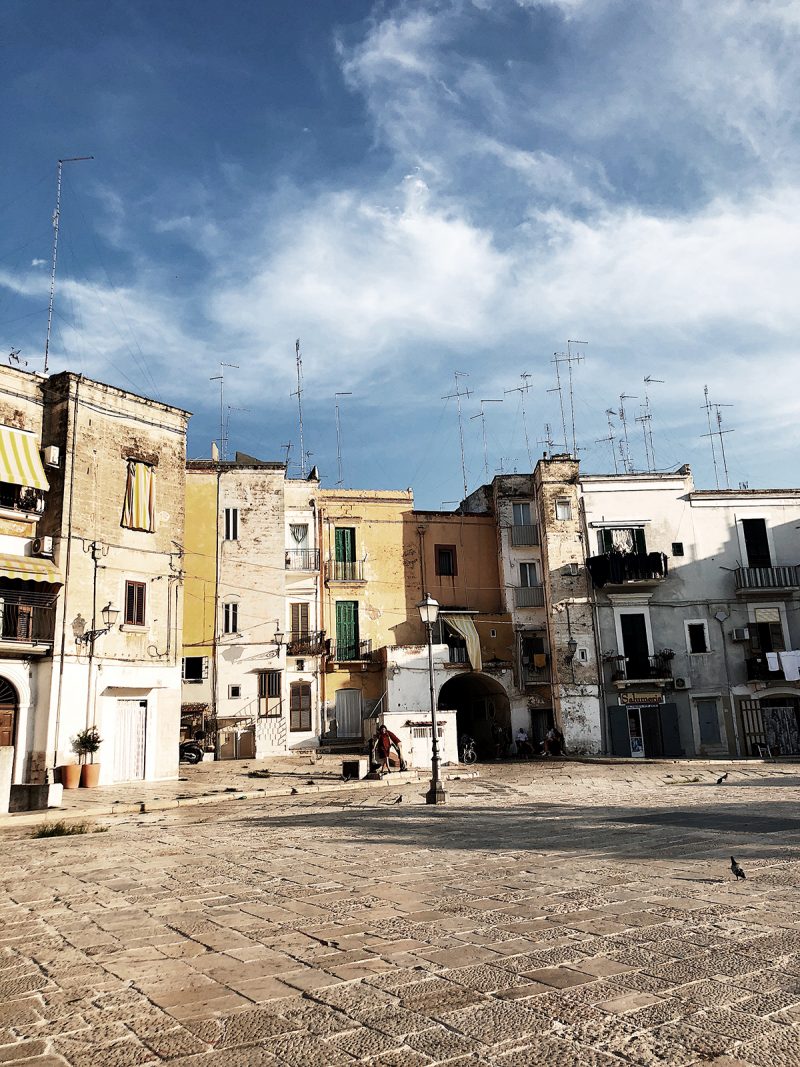
+ Just take your time
I admit, sometimes the incredible leisure way some Italians look at life is too free-spirited for me. There’s noticeably less emphasis being put on the concept of time. They take their daily lunch breaks and siesta very seriously, and, in contrast, some rules and unwritten social traditions (like being on time) much more loosely. This may seem strange, and as I said, often annoying, but once you get the hang of it, you will start pondering whether this attitude towards life is, in fact, much better, or at least our hard-grip on time and running around feverishly could be loosened up a bit.
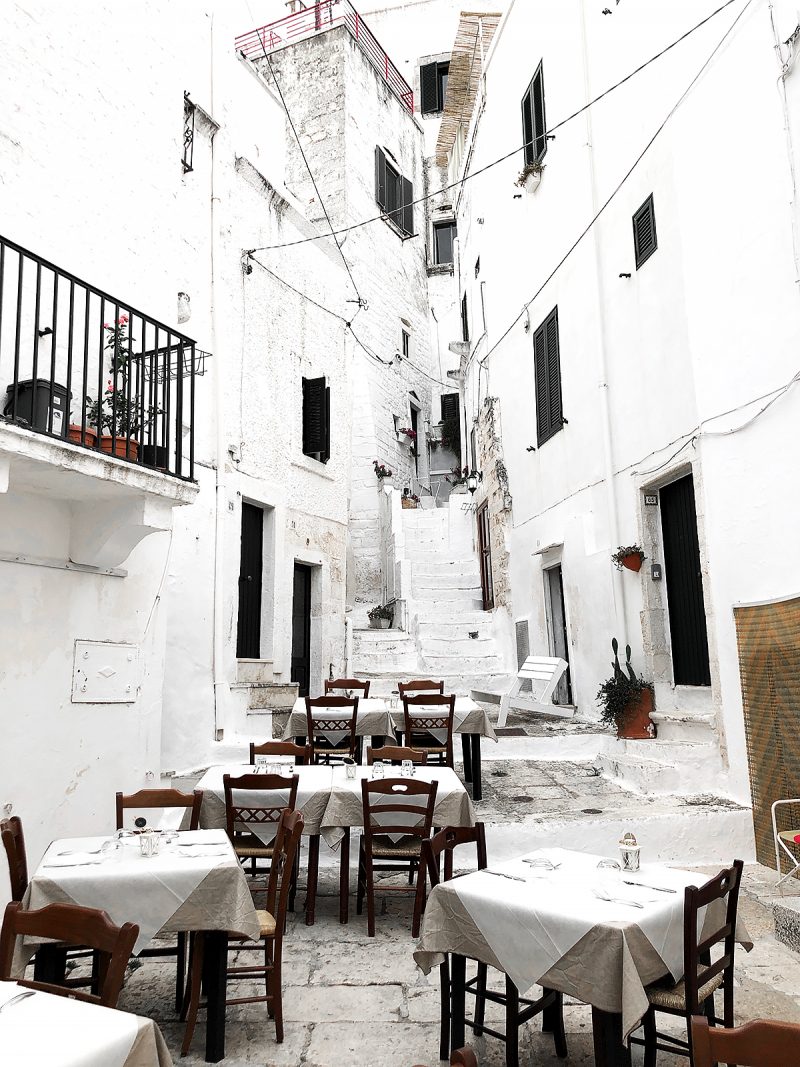
+ Take walks
Walks around the city, be it at the center of a major city or in the piazza in smaller places are a big thing. Friends meet and move from one place to another, families stroll around casually after dinner, a little exercise, some socializing – a passeggiata, as it is called, is the best way to end a day.
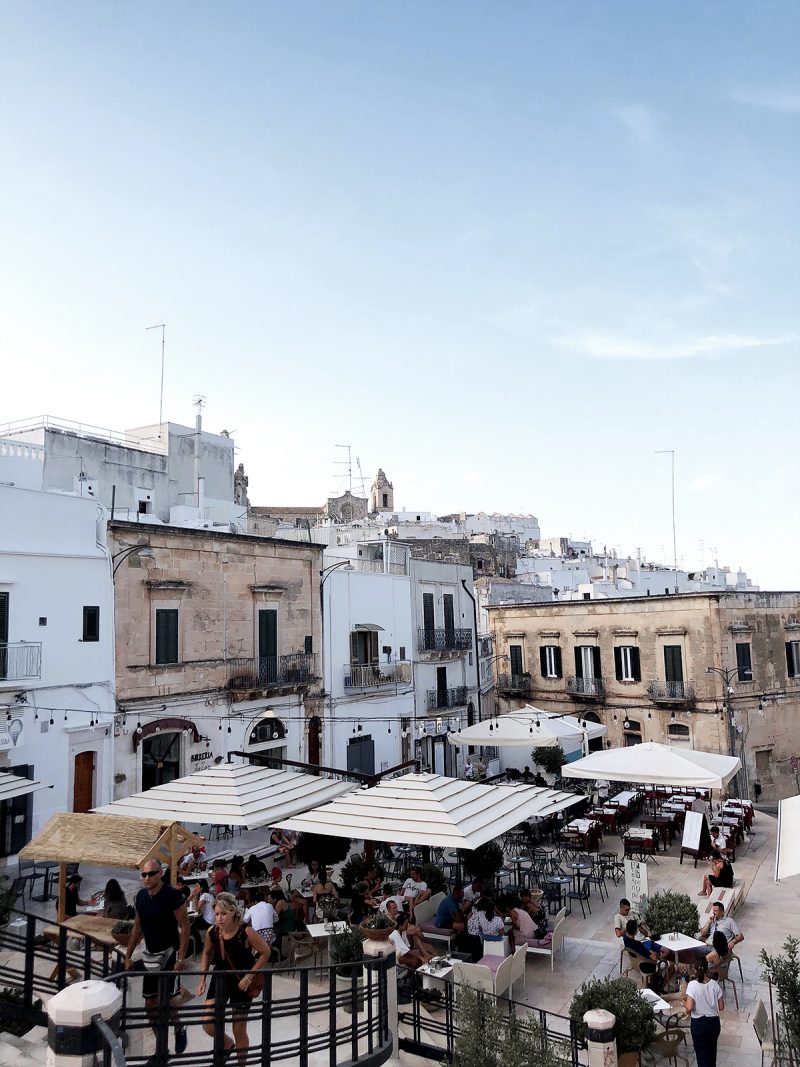

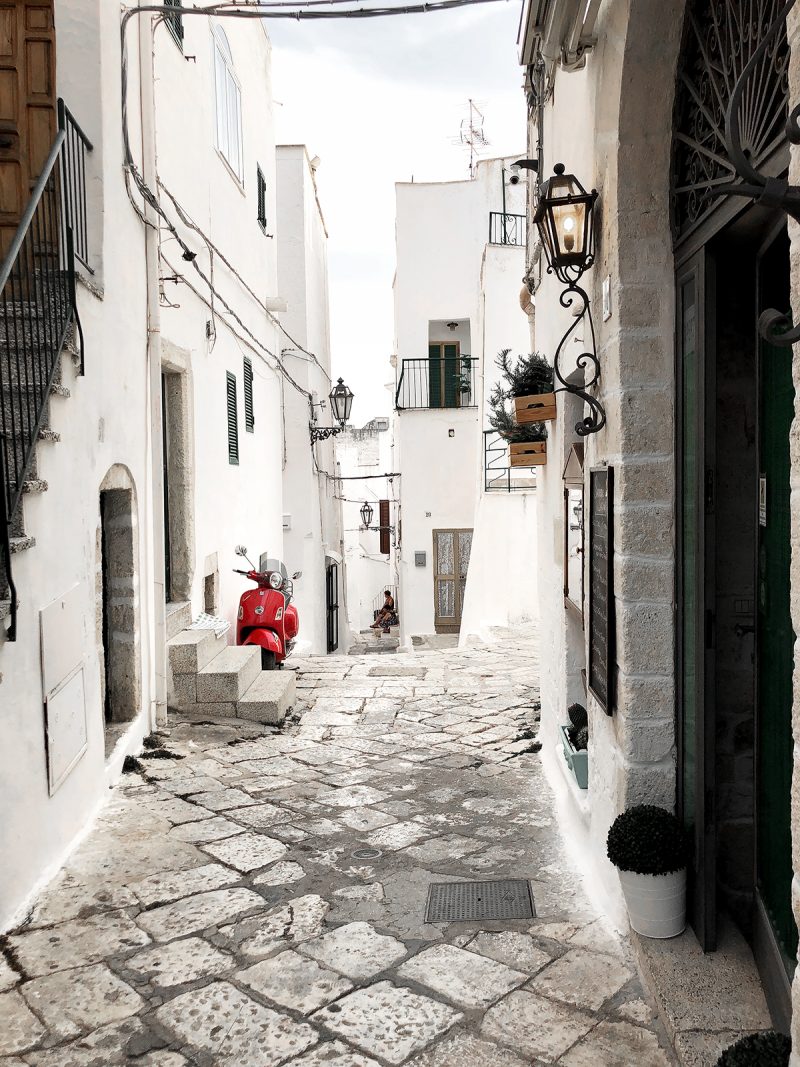
+ Enjoy the simple everyday moments
I love seeing people out on the streets in Italy. They often just take out their chairs and sit in front of their house (mostly in the countryside), chatting or just observing people. I have the impression that these people can practice being in the present moment a lot more than most of us.
In a way, there’s nothing special about these things. No secrets, no elaborate routines, no expenses, no major investments.
Just more focus on slowing down and making even the seemingly most mundane things in life a little bit more special.

